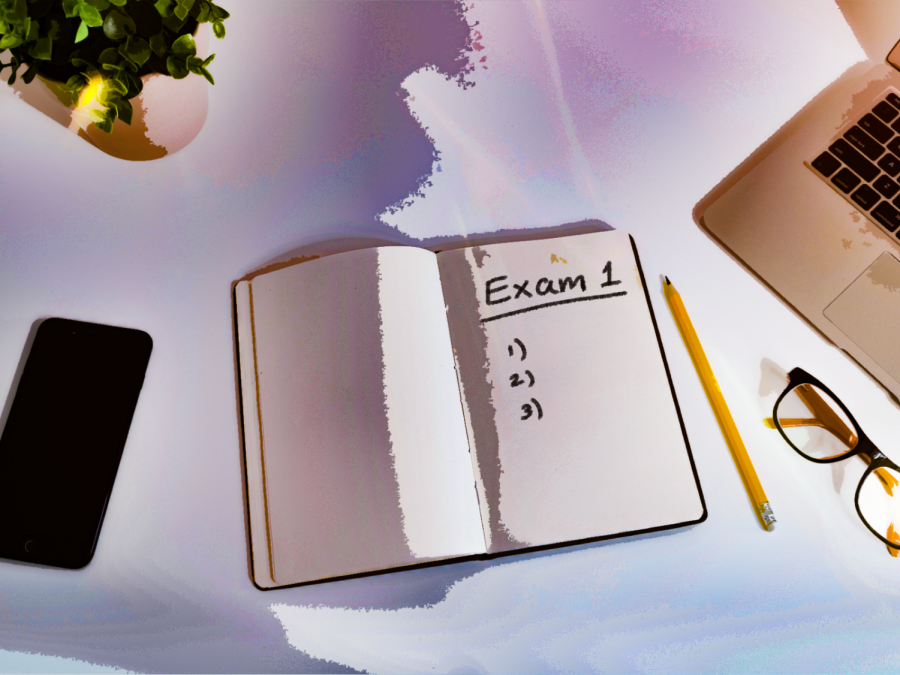Open-note exams mean open minds
May 5, 2021
Since the dramatic arrival of COVID-19 in March 2020, professors have made several significant accommodations within their courses as part of this “new normal.” One particular accommodation, the shift away from closed-note exams toward open-note styled exams, has been a topic of discussion within the student body in recent weeks.
As plans continue to be made to bring students back into the classroom, portions of the student body are growing increasingly worried that open-note exams will be a relic of virtual learning. For students with test anxiety, exams are particularly challenging affairs that limit their ability to effectively convey their level of comprehension.
In order to reduce test anxiety among students in the fall, professors should continue to conduct open-note exams.
Exercise science senior Enebong Ephraim is well aware of how test anxiety works and that it has the potential to tarnish any efforts made at studying.
“You study for an entire week, but then when you get into that seat and start writing or get on your laptop, everything blanks out and you end up doing bad,” Ephraim said. “If you really want to help kids alleviate that test anxiety, letting kids have open notes really helps a lot.”
The pushback against open-note exams often stems from the notion that students, when allowed to use notes during an exam, will rely entirely on notes as opposed to their own understanding. In turn, the argument goes, this will stifle their learning.
Robert Duvic, a distinguished senior lecturer in the department of finance, relies on closed-note exams in his courses. On the topic of open-note exams, Duvic compared them to parking garages.
“People get into a parking garage and they forget where they parked their car … the deal is they never really looked where they parked their car,” Duvic said. “The problem with open book is, you see (the answer) and (think), ‘OK, I got it.’ You never really look at it and understand it.”
While this is a valid criticism of open-note exams, it can be addressed by confining student notes to a single handwritten page or index card. To further utilize the parking garage analogy, this limited form would be similar to taking a picture of the floor number on which your car is parked before leaving the garage. While it does not provide you with the whole answer, it can provide you with a starting point to reach the answer amid a temporary brain lapse.
Aside from its ability to alleviate some of the impacts of testing anxiety, open-note exams can also positively impact a student’s preparation. If limited to only a page or index card of handwritten notes, students will need to comb through the course material prior to the test to ensure their reference sheet is complete with the most important concepts.
Nicole Smith, a lecturer in the department of philosophy, allows students in her courses to use a sheet of notes during in-class essay exams.
“I consider the notes as part of the process of preparing for an in-class essay, and I think that adds to comprehension and understanding and is a more active way of studying,” Smith said. “If that somehow translates to a better grade on the in-class essay, then that is exactly what I intended.”
Students will continue to face challenges that disrupt their learning even after COVID-19 is contained. Professors should establish a true “new normal” that starts with a greater emphasis on open-note, creatively based assessments that exist outside of the anxiety-filled confines of traditional testing.
Littleton is a government junior from Waco, Texas.



